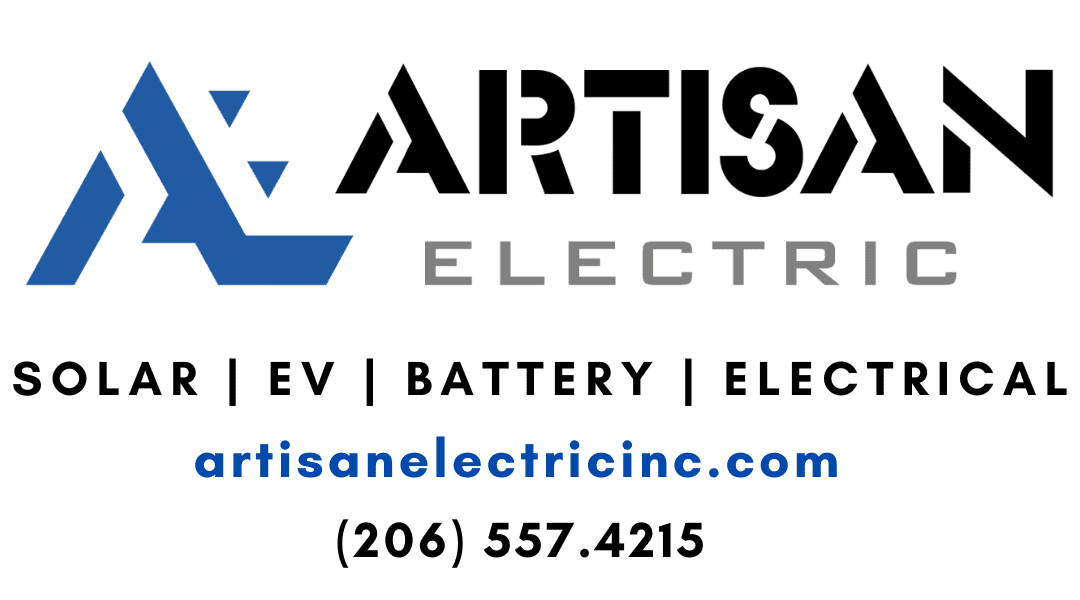The amount of maintenance a solar system requires can vary by region and climate. However, in Western Washington, systems are generally low-maintenance for a few reasons.
We don’t have a lot of dust.
Dust is a leading factor in decreased system efficiency, and places like California and Nevada are often susceptible to heavy and consistent dust coverage. This means frequent cleanings and sometimes, a shorter system lifespan.
We do have a lot of rain.
Systems are almost self-cleaning in the Puget Sound as a result of frequent rain showers. While systems in our area are susceptible to pollen coverage, rain showers do a decent job at keeping this at bay.
Extreme heat isn’t an issue here.
While it may seem like solar panels are best fit for hotter climates, this isn’t necessarily the case. Different panels handle heat differently, but the average solar panel can lose 10-25% of its efficiency in extreme heat due to extra resistance formed by PV semiconductors. In these areas, systems need to be monitored and inspected more frequently than average. It also helps that the Puget Sound isn’t susceptible to extreme temperature changes, which can also lead to decreased efficiency.
An annual cleaning is generally all your system will need.
Because moss build-up can be an issue, we recommend cleaning your system once per year. The process and tools are simple, too. All you need is a garden hose, a sponge with a handle, or a soft cloth if your system is easily accessible. If your system is not easily accessible for cleaning, or you would like regular inspections, Artisan can provide annual maintenance services.
You can leave the maintenance up to us.
Artisan’s solar warranty offers free system inspections, maintenance, cleaning, and performance verification for the first year, as well as maintenance agreements for continued support after year one. Our five-year IBEW-backed workmanship warranty ensures that if an issue arises with any aspect of the installation, we’ll fix the problem at no cost to you, usually within 24 hours. To learn more about our warranties, you can visit our Warranties page.

